This or That? Zigzag and Straight Stitch Edition.
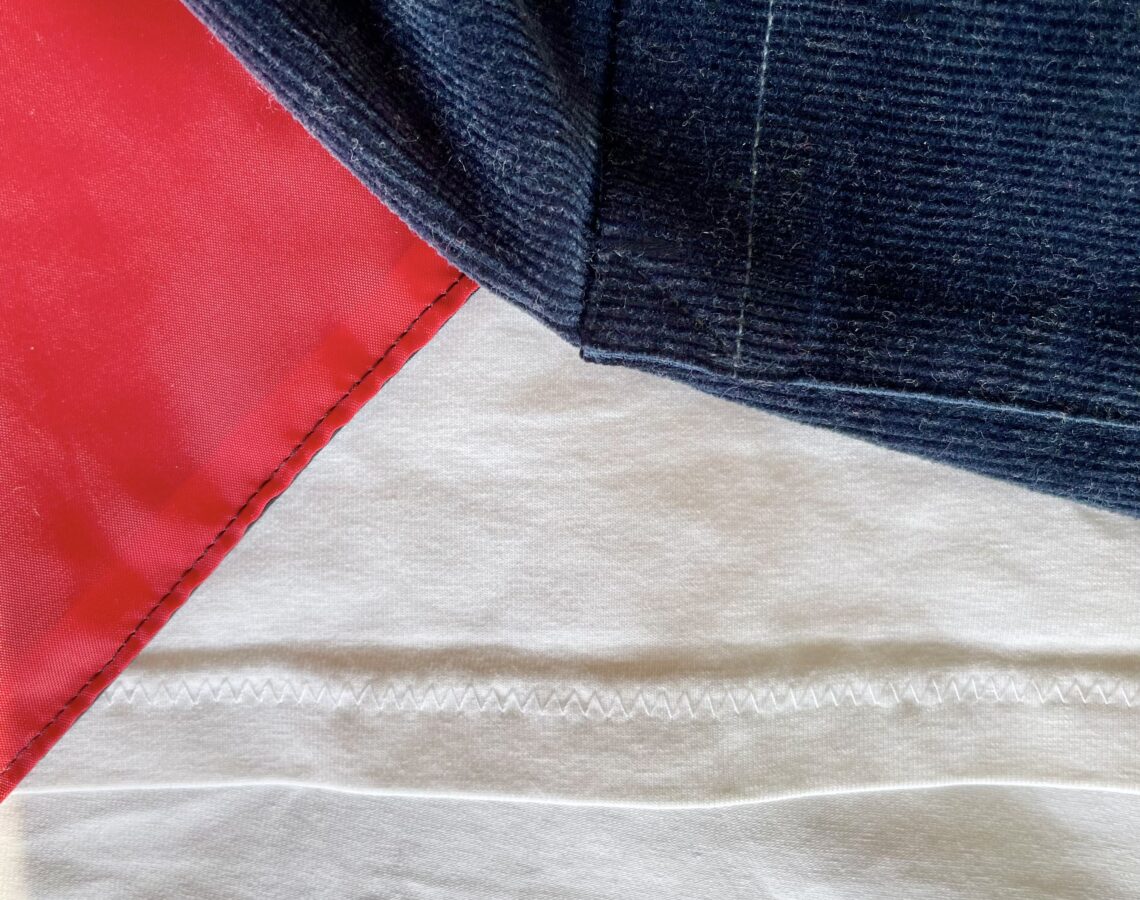
Even the most basic sewing machine probably has at least half a dozen different stitch options to choose from. Then when you look at more advanced machines they can have hundreds. But does anyone really need that many stitches? I doubt it! When it comes to Waves & Wild patterns, the most commonly used sewing machine stitches are straight and zigzag. These are probably two of the most commonly used stitches in garment making in general. If your sewing machine can create a straight stitch and a zigzag then you can make so many different types of clothes with lots of different fabric types.
Our fourth blog post in the This or That series compares the zigzag stitch and the straight stitch. What are the pros and cons to both of these stitches? When should you choose one over the other? Which patterns make best use of each one? Read on to find out more…
Zigzag Stitch Vs Straight Stitch
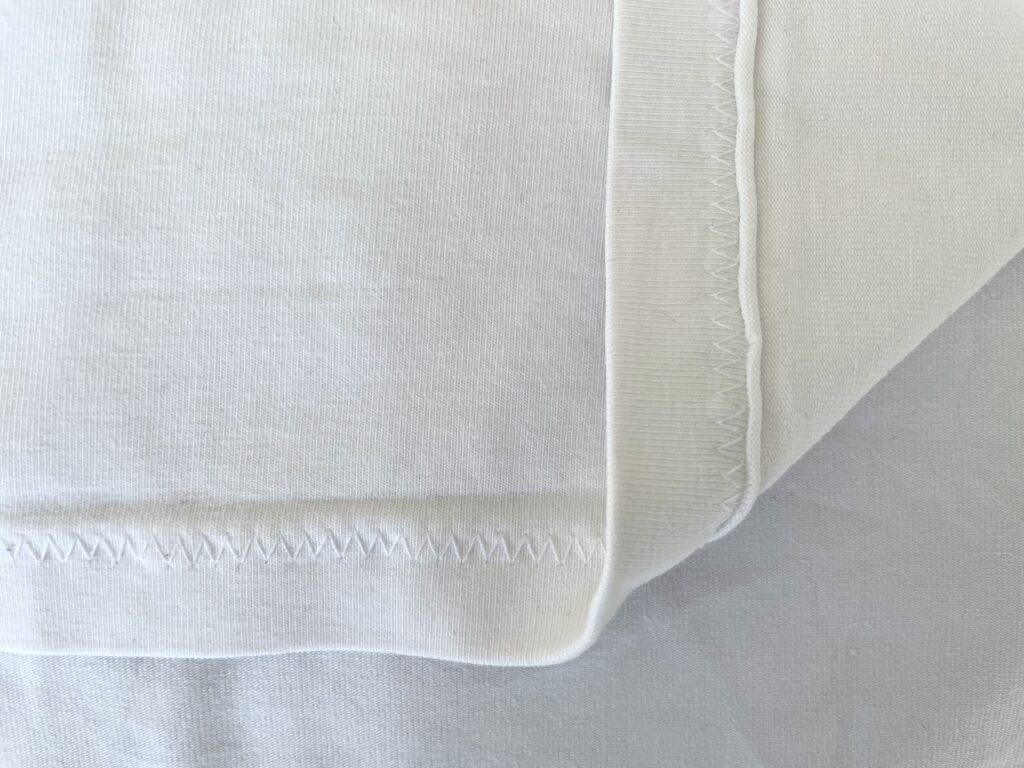
Zigzag Stitch
A few advantages of the zigzag stitch:
- it is a stretch stitch which means it will stretch with fabrics like cotton-Lycra and sweatshirting
- both the length and width of the zigzag is adjustable (changing the width alters how much the needle moves from left to right and therefore how tall each zigzag is, changing the length alters how close the zigzags are to each other)
- it is great for catching the hem edge as overall it is a wider stitch than a straight stitch
- the pattern created makes it a decorative stitch
- as there is spacing between the zigs and zags, it’s a relatively easy stitch to remove with a seam ripper
And a few disadvantages of the zigzag stitch:
- due to the left and right movement of the sewing machine needle, it can be more difficult to get the tension correct
- although it can be used for topstitching (and be perfectly functional for this purpose) it is not as neat or accurate as a straight stitch
- it is best to sew always looking at the right-side/front because sometimes the back of a zigzag stitch doesn’t look identical to the front
- not all sewing machines can use a zigzag stitch (or you might need an extra needle plate to be able to use a zigzag)
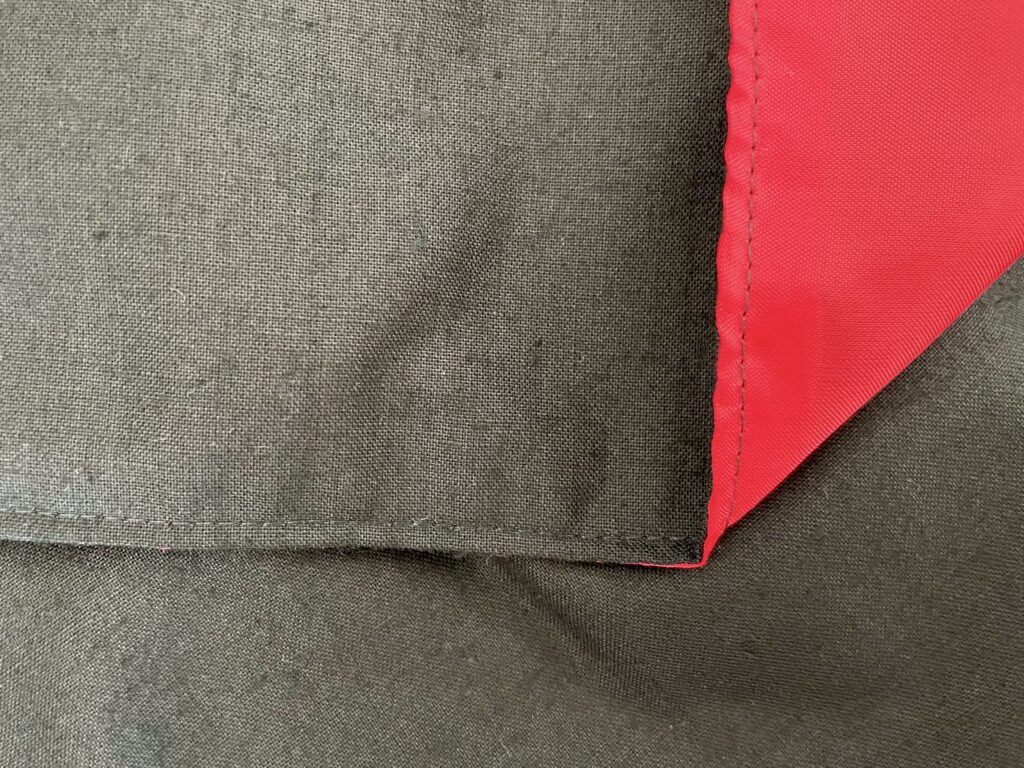
Straight Stitch
A few advantages of the straight stitch:
- it is a less visible and more subtle looking stitch
- as the sewing machine isn’t moving left to right, a straight stitch uses less thread than a zigzag stitch
- it is very neat for topstitching and easier to line up accurately with a seam line or edge than a zigzag stitch
- as long as your tension is correct and you are using the right needle (see How to Choose The Correct Needle for more information) you can sew looking at the right-side/front or wrong-side/back when using a straight stitch as it looks identical on both sides; this can be really helpful for accurate work like hemming as you can see exactly where you’re folded raw edge is on the garment
And a few disadvantages of the straight stitch:
- it has no stretch which means it will snap when used on stretch fabric (not when you are sewing, but when the fabric is stretched to be worn); a longer straight stitch can have a little bit of give but is still not the perfect choice for stretch fabric
- only the length is adjustable (you can make a straight stitch a bit thicker by using heavier thread but then this might not suit your fabric or project)
- it is harder to unpick than a zigzag stitch; it’s easier to snag your fabric when unpicking a straight stitch so always take your time
How to choose which to use
Although both these stitches can be used on lots of different types of fabrics for many different reasons, there are a handful of occasions when one is a much better choice than the other…
As has already been mentioned in the pros and cons, a zigzag stitch is a much better choice over a straight stitch when you are sewing stretch fabric like cotton-Lycra, French Terry and sweat-shirting. This goes for both the piecing of the garment and finishing hems. But zigzag stitches have their uses for some woven fabric tasks too; they are a great choice for finishing raw edges to stop the fabric from fraying. You would also choose a tightly spaced zigzag stitch to add bar-tacks to strengthen the opening edges of pockets (like for the Twist & Shout Trousers), and to make buttonholes (used in patterns such as the Ladies’ Heyday Dungarees and the Too Wild Dress).
A straight stitch is the ideal choice for construction and finishing a woven fabric garment (like the Dreamer Shirt) as it will create a stronger seam. It is also perfect for topstitching features like zips (like in the Cool Time Lunch Bag), and for attaching pockets onto the surface of garments (such as the Hang Ten Boardies).
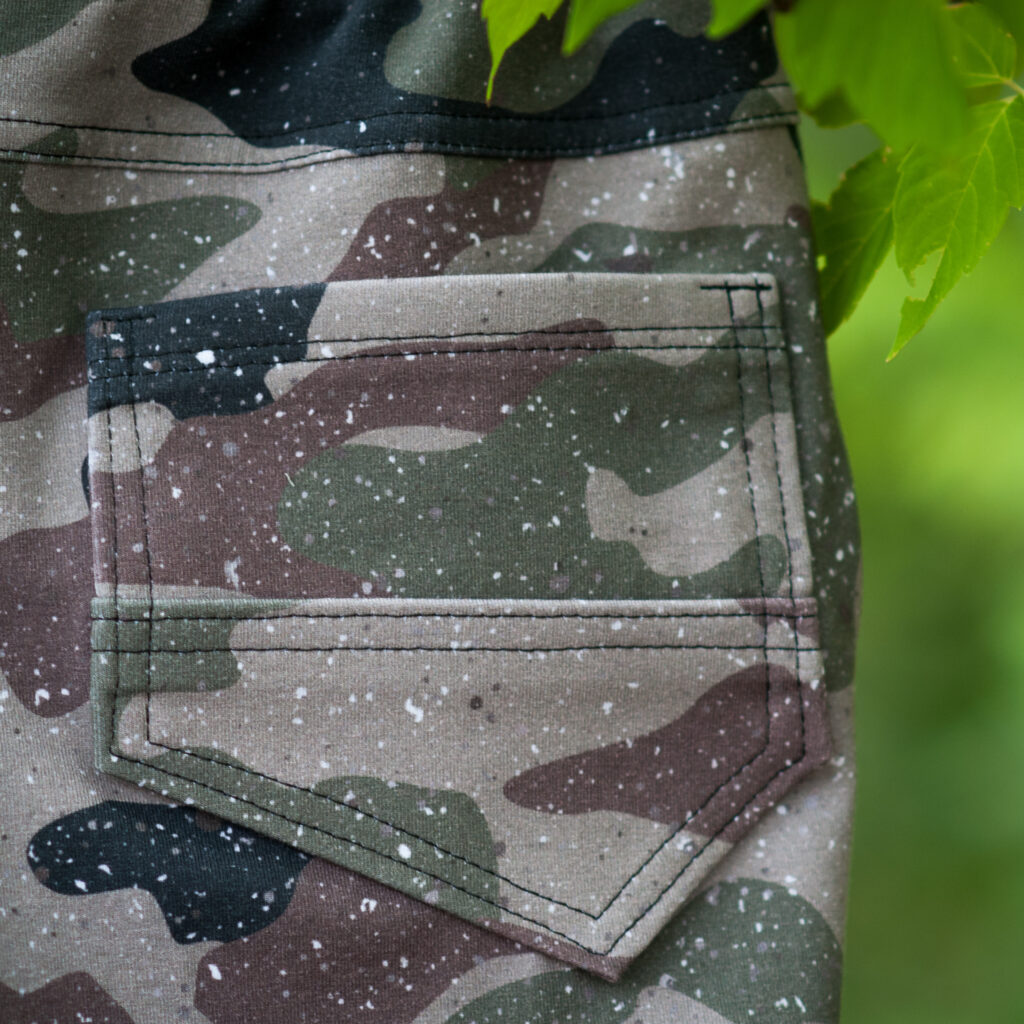
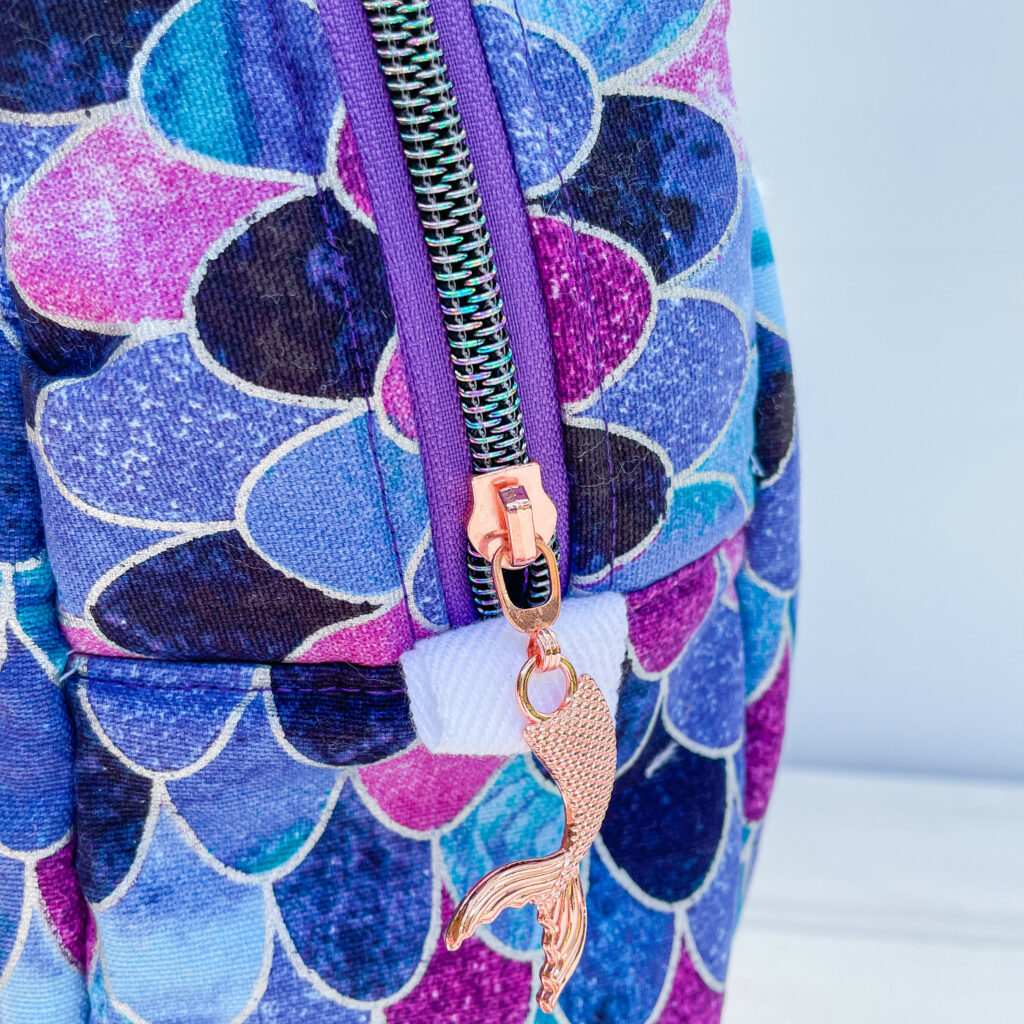
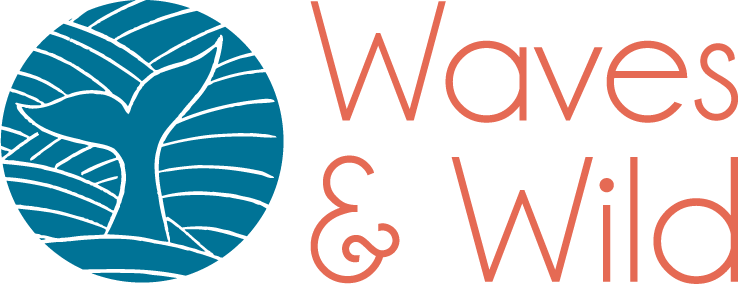
Leave a Reply